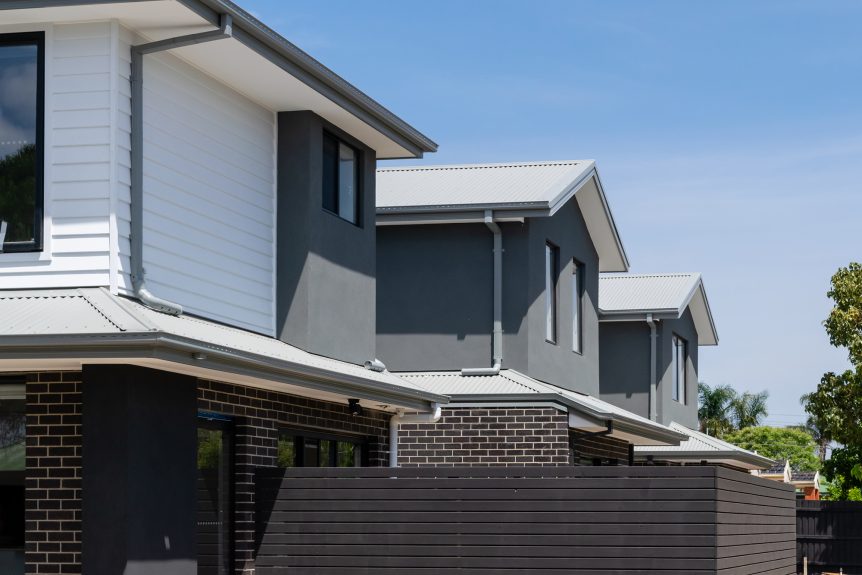
Navigating Melbourne Council Requirements in 2025: A Guide for Property Investors in Melbourne
In Melbourne, property investors looking to develop multi-unit or townhouse projects quickly discover that local council requirements can be both intricate and time-consuming.
The city is divided into multiple councils, each with its own regulations aimed at preserving neighborhood character and ensuring responsible growth.
Despite the paperwork and potential for delays, understanding and adhering to these regulations is essential if you want your development to move forward smoothly. By knowing what to expect and preparing accordingly, you can significantly reduce stress and save time.
The first step in navigating council requirements is to conduct a thorough site assessment.
Before you even purchase land or finalise your design plans, investigate the zoning rules, overlays, and any heritage restrictions that may apply.
If you’re building in Melbourne’s North or West, our team can support you with this.
Zoning will indicate whether multi-unit developments and townhouses are permissible and, if so, what density is allowed.
Overlays (such as environmental, flood, or heritage overlays) can impose additional guidelines like maintaining a certain streetscape aesthetic or protecting significant vegetation.
If you discover that your project conflicts with these overlays, you may need to adjust your design or seek specialised reports to support a permit application.
Once you have a clear idea of what the regulations entail, the next step is preparing your planning permit application. This typically includes a set of detailed architectural drawings that show your proposed development’s layout, height, external appearance, and landscaping plans. Melbourne councils also want to see how your build will affect traffic, parking, and local amenities.
If you’re not working with a complete design and construct team like delcon, it’s often wise to engage a town planner at this stage. Experts will provide invaluable guidance on how to present your application in a way that addresses council concerns upfront. This can significantly improve your odds of a faster approval (and work towards keeping your project on time and on budget).
After submitting the planning permit application, a period of public notification generally ensues. Neighbors might receive letters or see notices posted onsite, giving them the opportunity to comment on, or object to, your development. Handling community objections can be one of the trickier parts of the process. If objections arise, the council may ask you to revise certain aspects of your design to mitigate concerns around overshadowing, overlooking, or increased traffic.
It’s not unusual for investors and developers to go through multiple rounds of revisions, unless you have a design and construct team managing the process for you.
If the council ultimately grants approval for your Melbourne multi-unit or townhouse development, it often comes with conditions. These might include specific materials you need to use, regulations around noise during construction, or requirements for additional landscaping. You must adhere to these conditions to keep your permit valid.
Should the council refuse your application, you have the right to appeal the decision at Victoria’s planning tribunal, but this can be a lengthy and costly process. Thus, ironing out concerns during the early stages is usually more efficient and less stressful.
Be discerning with who you use to work on your project. We often get clients coming to us with designs from architects or other companies, looking for expert advice on how to shift their designs to gain council approval. Remember, the cheapest quotes are often not the best choice for a property development project.
Obtaining a planning permit is only one part of the puzzle. You’ll also need a building permit, typically handled by a private or council-appointed building surveyor. This permit ensures your project complies with the Building Code of Australia. Throughout construction, you’ll have inspections that verify structural integrity, energy efficiency, and adherence to health and safety guidelines.
Skipping or failing these inspections can halt your project, adding further complications (and costs).
While it may seem daunting, Melbourne’s council requirements are designed to promote responsible urban growth and maintain livable communities.
By educating yourself on zoning, overlays, and the planning permit process, you’ll be better equipped to navigate the system. Partnering with experienced professionals will ultimately save you time, money, and stress.
At delcon design and construct, we’re well-versed in Melbourne’s planning environment and can guide investors from site assessment all the way to the final build, ensuring a smoother, more efficient path to realising your multi-unit development goals.
Contacy us today: 1800 335266 or email: info@delcon.net.au

